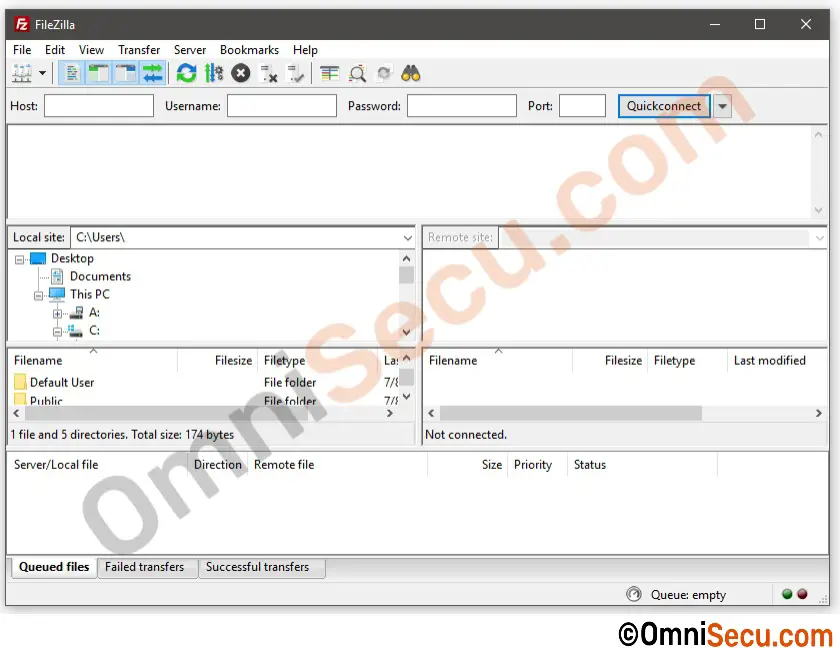


Tabbed user interface for the process of multitasking, to permit browsing multiple servers or even send files between more than one server simultaneously.The ability for preserving transferred file's timestamps provided supported by target server (uploading) or local system (downloading).The ability for overwriting existing files only when the size of a file doesn't match.The ability for overwriting existing files just if the source file is new.Supports resume which specifies that the file transfer process could be continued and paused.Supports IPv6 (the latest internet protocol version).Send files with the help of an encrypted FTP and FTP like FTPS (client and server) and SFTP.There are a few advantages of using the Filezilla client: They decided for making Filezilla the open-source project due to several clients of FTP were already present and they did not think that they will sell one copy if they enabled Filezilla commercial. Before they began to specify the code, they explained under which license they must publish it.

History of Filezillaįilezilla was begun as a class project of computer science in January 2001 second week by Tim Kosse and the other two classmates. The source code of Filezilla is hosted over SourceForge and this project was provided in November 2003 as the Project of the Month. Both client and server support FTPS and FTP, while the client could in inclusion connect to the servers of SFTP. Clients are present for macOS, Linux, and Windows, Servers are present only for Windows. Filezilla is an open-source and free, cross-platform application of FTP, consisting of Filezilla server and Filezilla client.


 0 kommentar(er)
0 kommentar(er)
